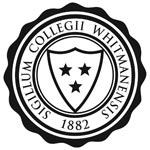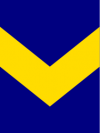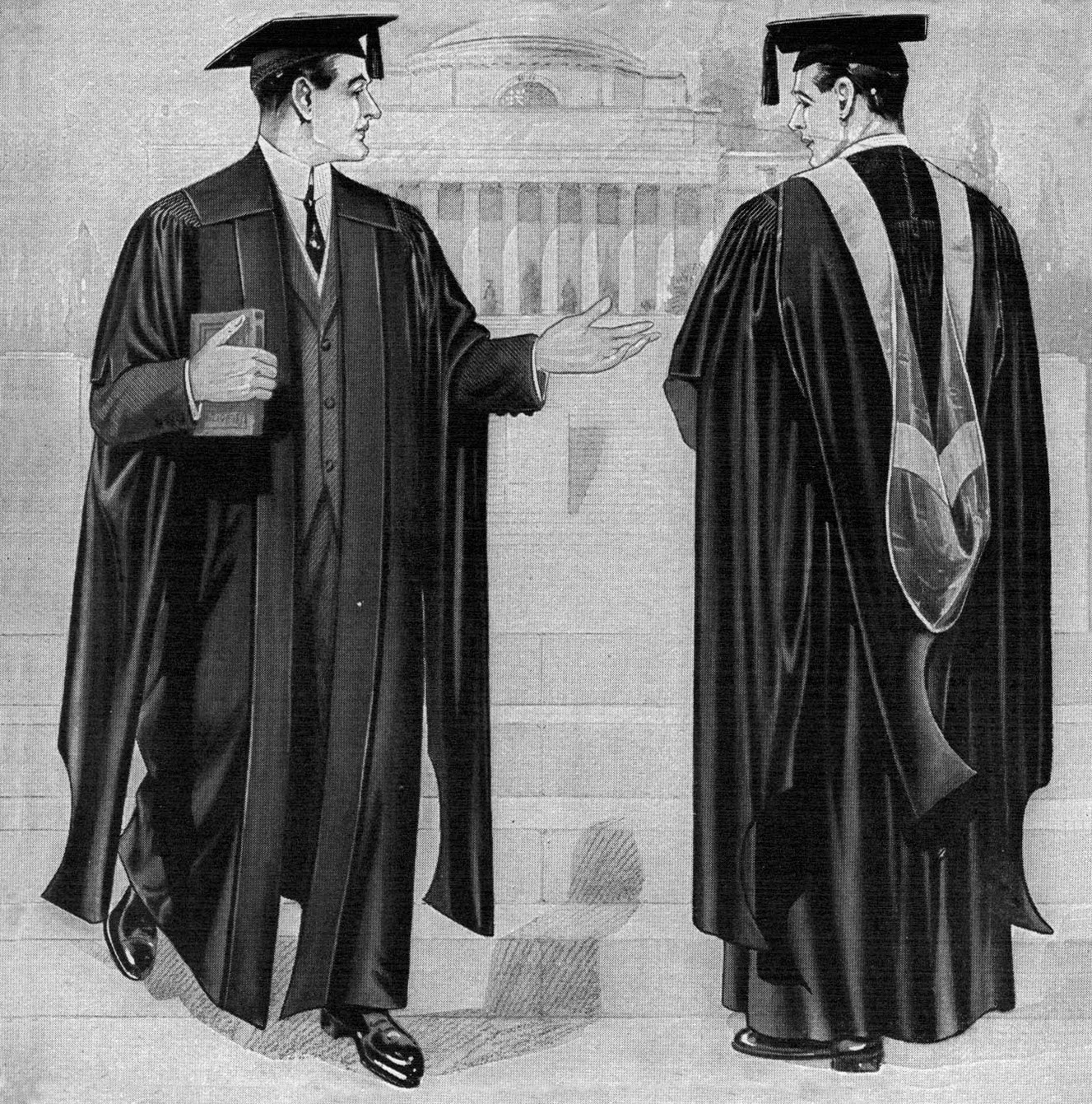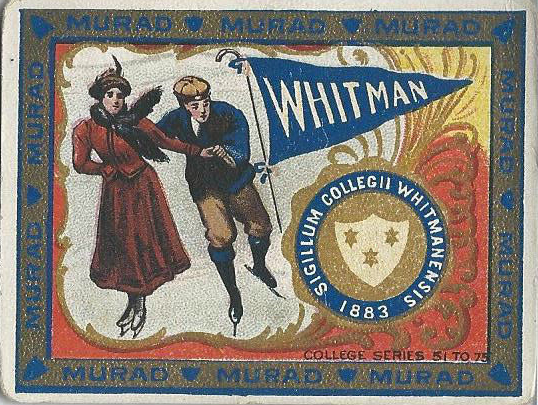Whitman College
Washington
1859




With the approval of the Whitman College Athletic Association, the football team chose maize and blue as the colors of their uniforms in February 1893. Blue represents the color of the Blue Mountains near the college, and maize represents the wheat fields of Walla Walla, Washington, where the college is located. In early Whitman documents, tobacco cards and silks, pennants, and other collegiate memorabilia, the shade of blue was variously depicted or described as cobalt blue, royal blue, navy blue, or “national blue”, which is the color of the dark blue canton of the US flag. In fact, all of these terms are synonyms for dark blue. “Maize” typically referred to a golden shade of yellow, or a yellow with a slightly orange cast.


Citations in the World Almanac (listed by cover date; color information is from the previous year): cobalt blue/maize (1909-1911); navy blue/maize (1912); blue/maize (1914-1918); blue/gold (1923-1931); maize/blue (1934-1935)
Although it may have been assigned earlier, the academic hood lining design for Whitman College was first cited in a 1918 Encyclopedia Americana article on academic costume written by Gardner Cotrell Leonard, the Director of the Intercollegiate Bureau of Academic Costume (IBAC). Leonard stated that the college had been assigned a hood lining that was blue with a maize chevron. Whitman must have sent the Bureau a color sample of an atypically lighter shade of blue, because by 1927 the IBAC was more specifically defining the lining of the hood as “Presbyterian blue”, a medium shade of “true blue”.
Here the college’s correct shade of dark blue has been used.